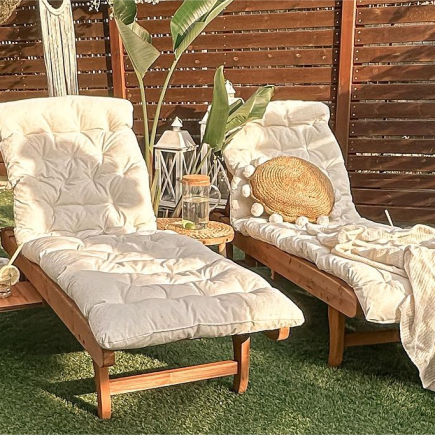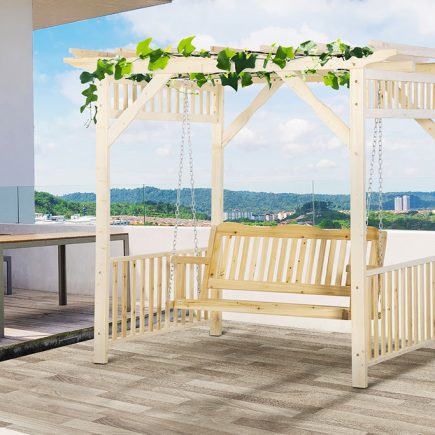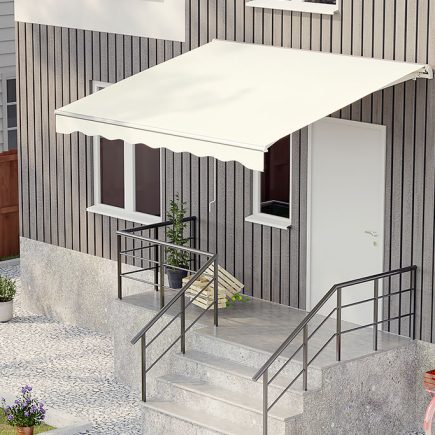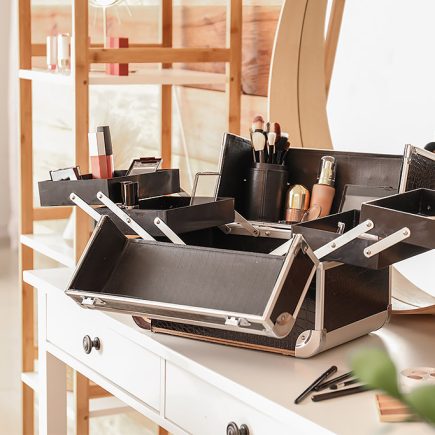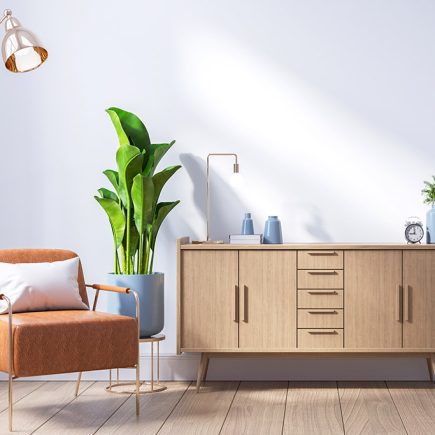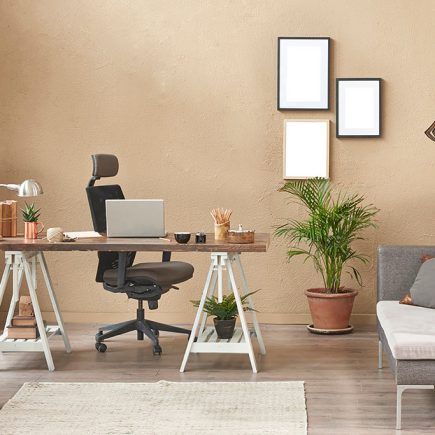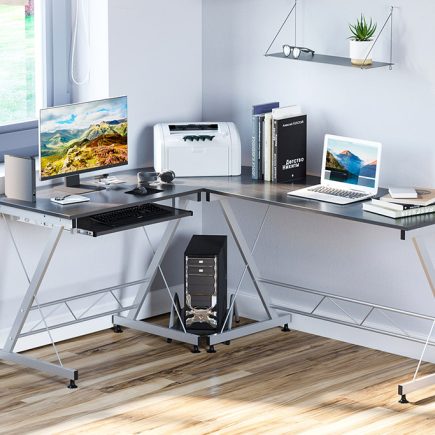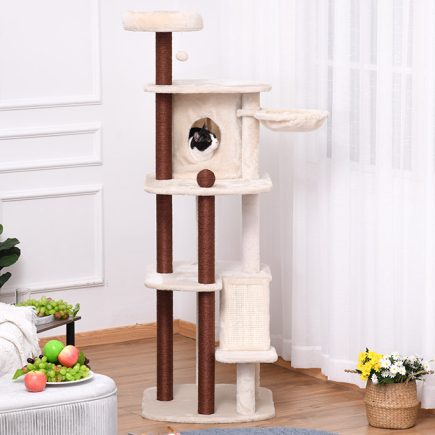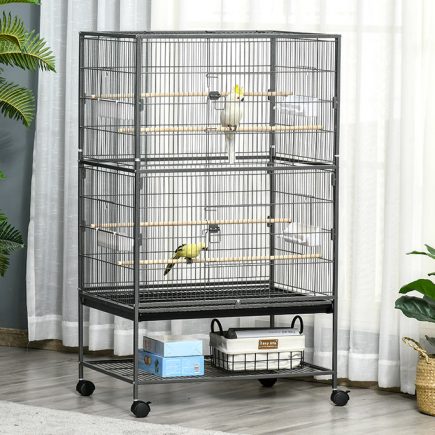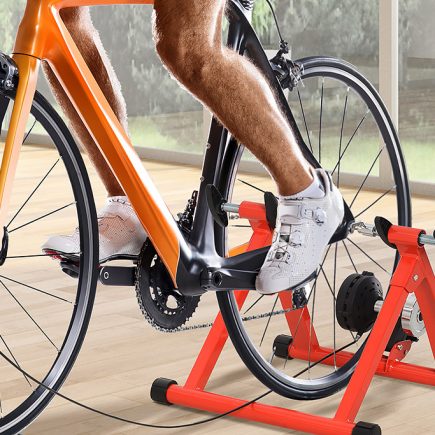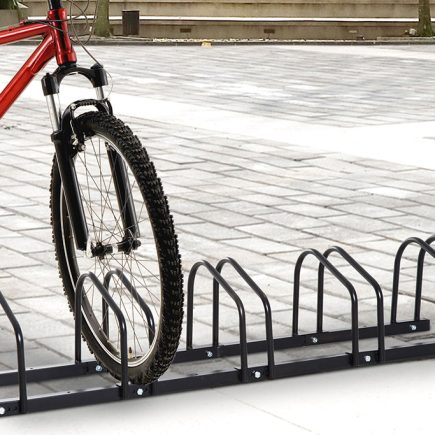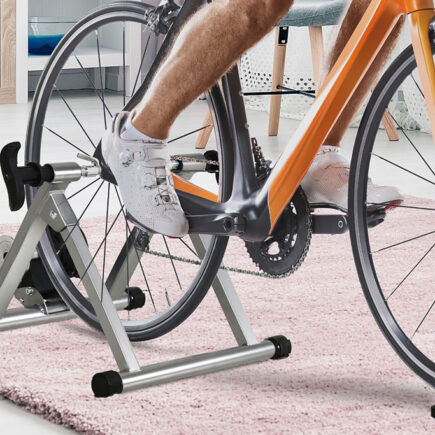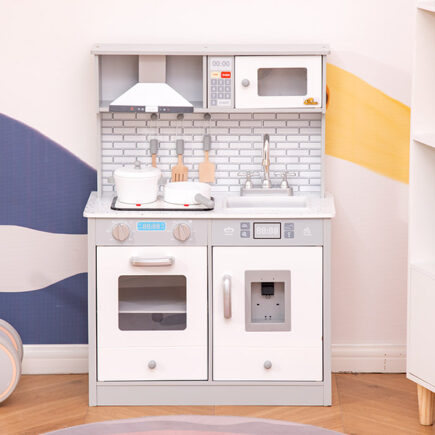Introduction
The office desk is an essential component of an office. It is the office’s main centerpiece and the furniture that will hold all the equipment, paperwork, and gadgets you need to get your job done. A person on average spends at least 8 hours working, so choosing an office desk that will be comfortable and functional is essential. Before you buy a desk, consider the basics of function, dimension, form, and style. The office desk should be suited to your specific needs and requirements to ensure productivity.
Some of the main types of desks available in the market include computer desk, secretary desk, floating desk, writing desk, executive desk, corner desk, credenza desk, drafting table, standing desk, leaning and ladder desks, shell desk, etc.
Some key features to consider when choosing an office desk include: –
Size: – right fit for the space available and how many monitors can stand on it.
Height: – The height of the desk should be determined by your elbow height. Some desks have an adjustable height.
Worksurface: – The work surface must be durable and able to withstand the wear and tear of daily use.
Ergonomic design: – for comfort and to aid posture. The option to sit or stand as needed. A keyboard platform.
Drawers for storage and the location of the drawer.
These are just a few of the essential features to consider. Making the right choice will aid in accomplishing daily tasks comfortably and productively in the work environment. A wrong choice will lead to posture issues, back pain, and an unproductive workday.
It is essential to identify how you will use your desk, as this will determine which product to purchase.
Mainly Computer Work
Consider an office desk designed specifically for computer use. Be sure the desk is big enough to accommodate the different combinations of computer hardware to be utilized. For a PC, ensure there is a storage space for the CPU underneath and built-in wiring holes for the electrical cords to keep them safely tucked away. There should be sufficient space if two monitors are required. With the advent of laptops, CPU storage space is no longer required.

Mainly paperwork
– If the desks main use is for paperwork, consider a desk with a large surface area that will accommodate the reports, spreadsheet and piles of paper. There should also be enough drawers and cabinet space to ensure the desk can also be used as a storage unit.

A combination of computer and paperwork
– An L-shaped model is the best if you require a lot of space while working. It makes use of the underutilized corners, and it provides the most surface area for optimized results. It provides the added space for the hardware components, allows for a lot of legrooms, and it also creates an impressive view for guests and customers. It’s built for efficiency and simplicity.

Gaming
– Consider a desk that is perfectly designed with a textured surface, CPU stand, headphone hook, speaker rack and cup holder. The gaming desk should be sturdy and able to carry the weight of all the monitors, have an ergonomic design to allow proper seating, offers excellent comfort, and encourages good posture.

Home office
– A desk with a compact design that that will not take too much space and can still contain your work clutter. It can also be used as a study desk and more. It must provide the ideal workspace, be functional, stylish, durable and cost-effective. The desk will be easy to move if you need to change desk location.

DESK MATERIAL, SURFACES, AND FINISHING
Office desks come in varieties and can be made from various materials like wood, metal, glass, laminate, and more. They also come in different colors, finishes, and styles to suit specific purposes.
Desktop Material
The desktop is the surface area the user will have the most contact with. The material used for the desktop determines the feel of the furniture and is also critical for how the computer will be used.
Wood
Wooden office desks and surfaces are the traditional forms of office desks, and it is widely available. Wooden components can also be used with metal frames. Wood desks come in various finishes. The most common finishes are natural, white, black, brown, or grey. They can also be made using the specific color finish the user desires.
Metal
The surface is resistant to stains and scuffs. A metal desktop has a utilitarian design and is cool to the touch. It is a modern design that is often paired with glass or wood. Care should be taken to protect any sharp edges to prevent injuries. If the legs are made of metal, move with care so as not to scuff the flooring.
Glass
Glass office desks are usually paired with wood or metal. These components are used to make the legs so that the desk is sturdy. Heavy glass is used so the glass is durable and not easily broken. They are luxurious and quite comfortable to work with. The glass expands the visual space of the furniture. It is easy to clean and maintain. It is not easy to move but the glass component can be removed for moving purposes.
Laminate
Laminate is a composite artificial material that is commonly used as a finishing layer for various materials including wood. The laminate acts as a coat to keep the desk from warping. Office desks made with laminate are practical, easy to clean, versatile. This is not a luxurious finish.
ERGONOMIC DESIGN AND SPACE
Ergonomics is the study and science of designing or modifying the workplace to fit the user’s needs. The overall goal of ergonomics aims to eliminate discomfort, reduce the risk of injury at work, increase ease of use, efficiency, and productivity/performance.
Key aspects of an ergonomic workspace.
The office desk should provide enough space for the legs to ensure movement. The standard desk height for most users is 28 – 32 inches from the floor.
There should be a minimum of three feet of space between the desk and another piece of furniture.
The keyboard must be placed at a comfortable height to avoid muscle strain, discomfort, and injuries due to prolonged use. The desk should have a keyboard platform or adjustable legs. The platform should be large enough to hold the mouse pad and mouse.
Paperwork and desktop equipment should be within reach and the workspace should not be overloaded.
Place safety measures to prevent pressure and discomfort for desks with sharp edges.
The cost of the desk is also a factor in choosing an office desk as this is an investment that should last a long time and should not be replaced often.

